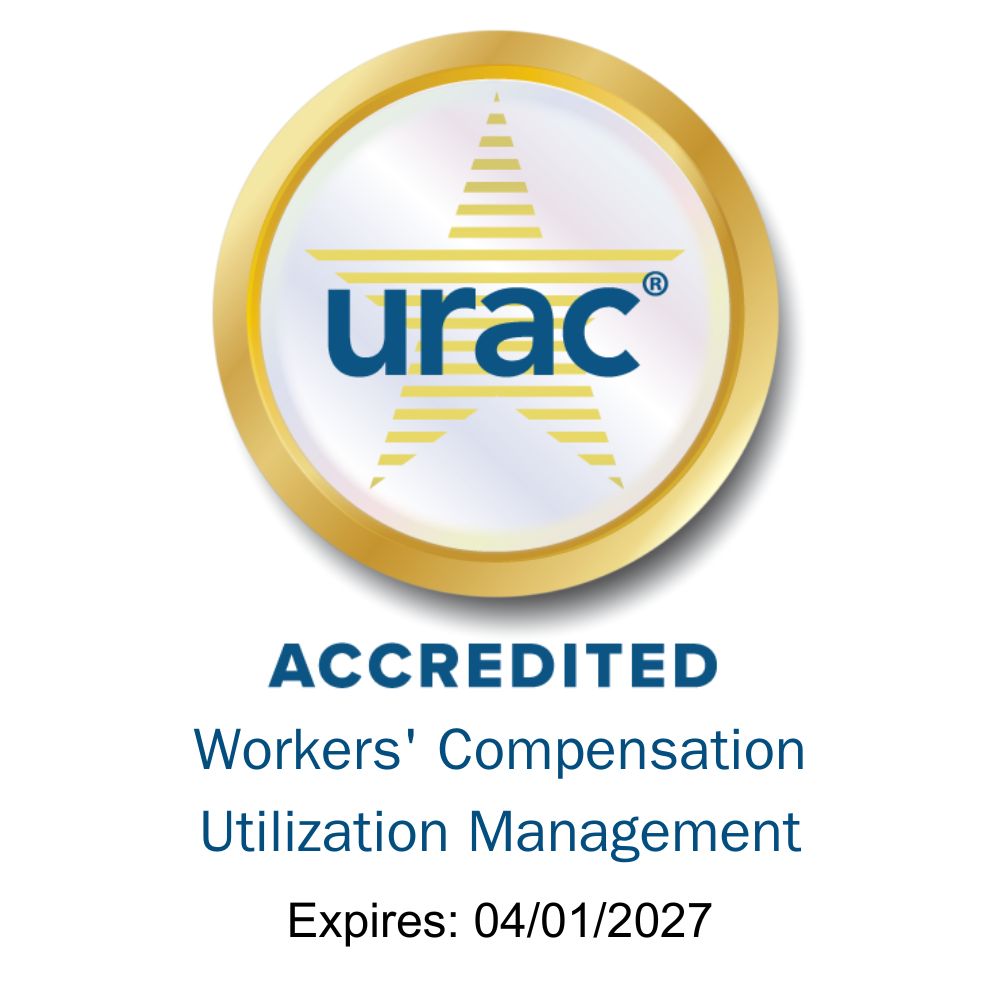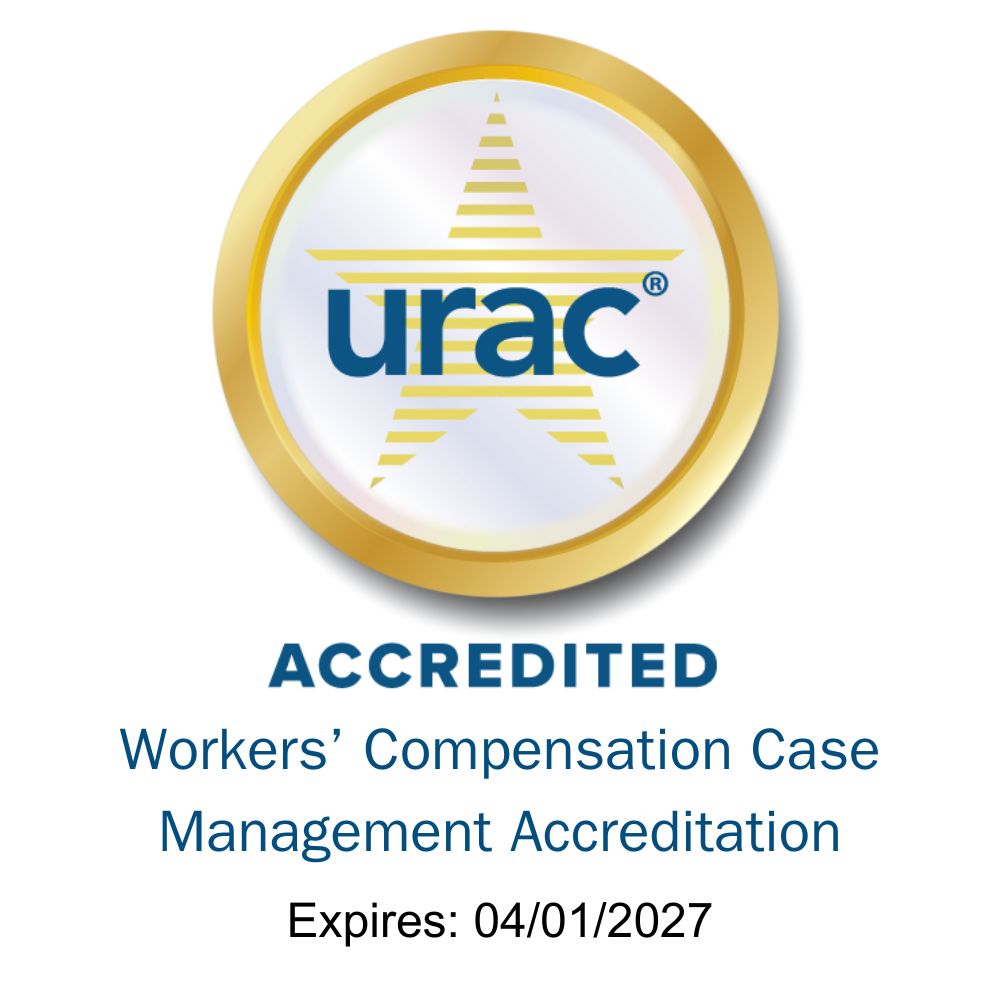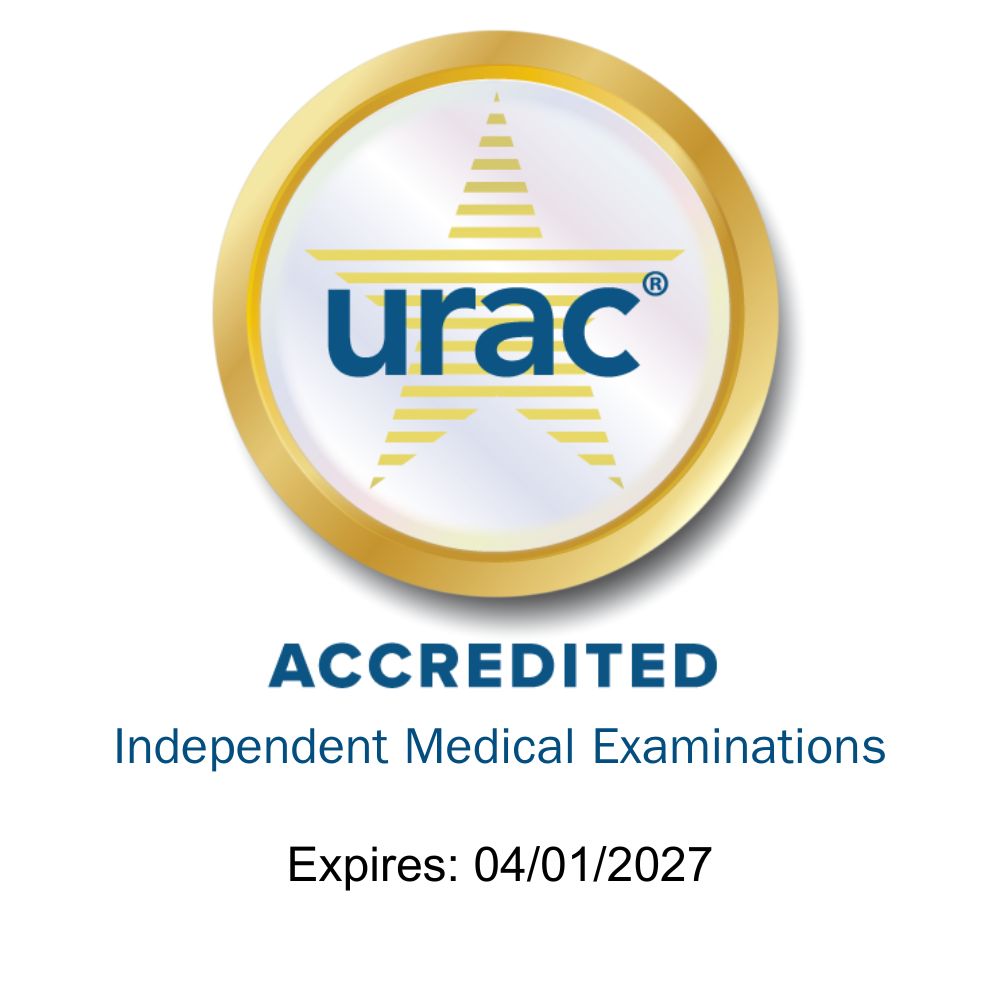When most people hear the word “tesla,” they probably think of an electric car or maybe its brilliant namesake, Nikola Tesla, who invented alternating current and designed the hydroelectric power plant at Niagara Falls. But in the world of imaging technology, a “tesla” (T) is a unit of magnetic flux density, which is responsible for the detail and clarity of a magnetic resonance image (MRI).
MRIs are especially useful for looking at soft internal tissues, unlike X-rays or CT scans. MRIs are used for imaging throughout the body, including the brain, eyes, spine, nerves, joints, blood vessels, and organs. The higher the tesla rating, the sharper and clearer the resulting images of these body parts, so the examining doctor can see tinier details. A higher-rated scanner will also scan the same resolution faster than one with a lower rating.
Most routine MRIs are performed using 1.5T scanners today. These scanners are still the industry standard, but as technology improves, we can see what 1.5T misses. Imaging can be done at 3T now, which can show details in the brain as small as a millimeter. Some scanners go to 7T, even 10T. And 1.5T scans sometimes must be retaken at extra cost, not to mention the time wasted, to capture an image that a machine with a higher rating would have picked up the first time.
Imaging makes up an important part of the specialty network pie. MRIs can be costly due to the powerful magnets they use, the complexity of their setup, and the highly trained technicians these procedures require. Naturally, insurance claim adjusters are anxious to limit unnecessary costs, from duplicate scans to overlooking something important due to an unclear image. Better resolutions of machines with higher tesla ratings mean that doctors can see nascent tumors or lesions that could be missed at 1.5T or below. So why aren’t more imaging providers using these faster, better scanners?
The main reason is cost. The price of a 1.5T machine ranges from hundreds of thousands to millions of dollars. 3T technology costs dramatically more, not only for the scanner itself but also the upgrade of accompanying equipment and surrounding room(s) to withstand their proximity to the powerful magnetic field.
In 2017, at the University of Minnesota’s Center for Magnetic Resonance Research, a patient’s hips were studied using a 10T scanner, resulting in images of unparalleled clarity and detail. The machine cost upwards of $14 million, weighed more than 100 tons, and went through months of animal testing before being approved for use on humans. Larger medical centers that are dedicated to teaching or research, like the University of Minnesota, are more likely to have the funds to invest in newer technology to diagnose illnesses and injuries.
There are other reasons to swap out older MRI technology. Some facilities are upgrading to larger machines to better accommodate obese patients, or to scanners that are open on the sides to combat claustrophobia. In these cases, it can be easier to justify the cost of a large-scale renovation. For smaller facilities and providers, the price is prohibitive, so 1.5T will remain good enough for now.
The safety of higher resolution scanners is a factor too. The physical effects of being around higher tesla magnets are still being examined; for instance, 3T machines are dangerous to pregnant patients or people with metal in their bodies, such as implants. Meanwhile, there are limited medical trials being conducted by medical centers around the country because higher-tesla machines are not yet in high demand. But as time passes and technology continues to progress, we will likely see more advancements in this quickly developing field.






